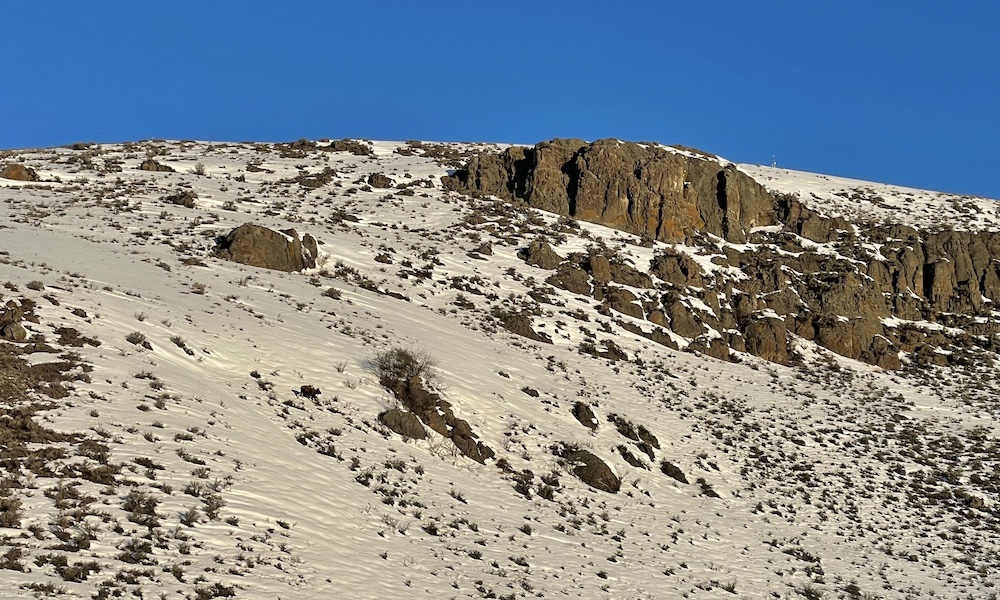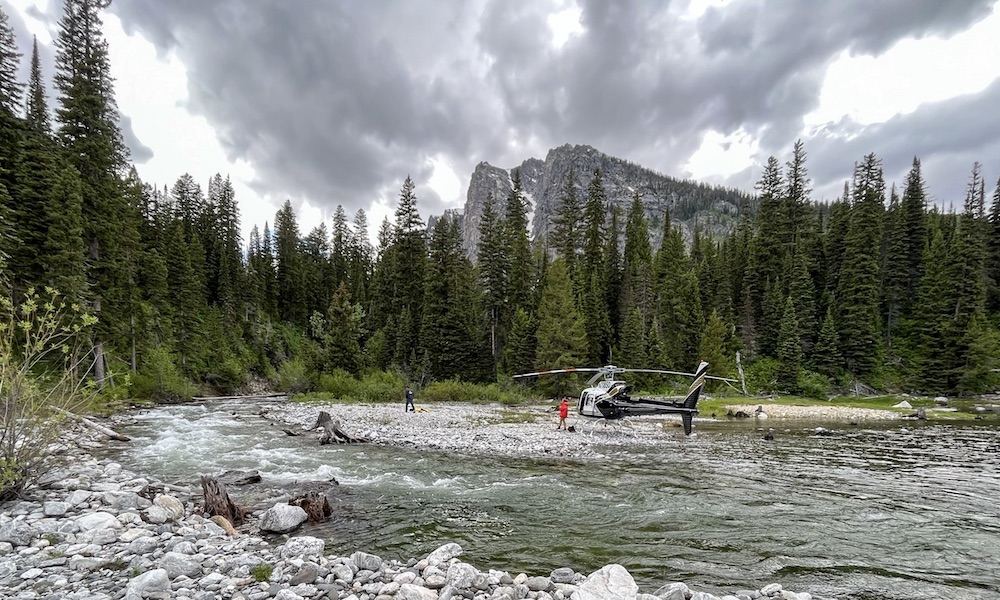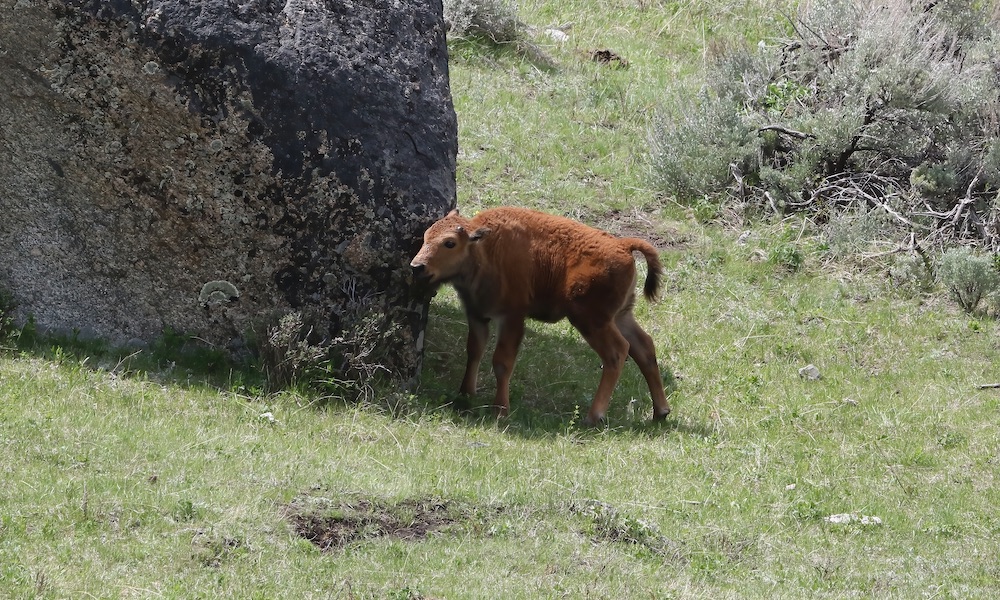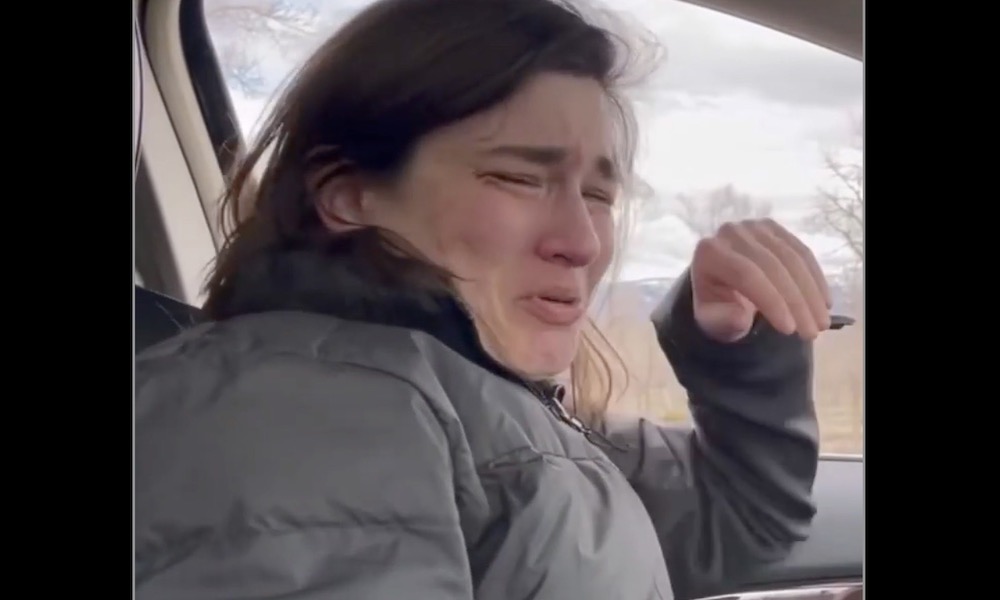A hiking guide who was leading a tour recently in Grand Teton National Park snapped a photo of a moose that isn’t hiding but might be difficult for some to spot.
Can you spot the moose in Douglas Scott’s image? (Hint, it’s not the distant object atop the ridge; that’s a radio/cell tower.)

Scott, who guides in Grand Teton and nearby Yellowstone National Park, told FTW Outdoors that he spotted the moose after pulling over on Highway 89 near the National Elk Refuge.
“I saw the moose immediately, as we had been on the lookout for wildlife in Grand Teton National Park where we had just been watching the sunrise,” said Scott, whose excursions can be booked via The Outdoor Society. “Moose are somewhat common in the area and I had felt slightly frustrated that we had failed to see one up until this point.”
Scott acknowledged that the moose was not in typical moose habitat: near water or nearby meadows.
“The picture was taken at 8 a.m. and while we enjoyed the sighting, the cars driving to and from Jackson from the Tetons didn’t seem to notice the lone moose wandering the hillside, which says more about how well it blended in,” Scott said.
Of the “unique” location of the moose, Scott explained:
“Most moose sightings tend to be when they are along waterways or by willows and other plants. This one was just on the move as we saw it, taking advantage of some exposed plants as it wandered elsewhere.”
The moose in Scott’s image is not sporting antlers, so it does not display the classic moose profile. The animal is circled in the image posted below.













